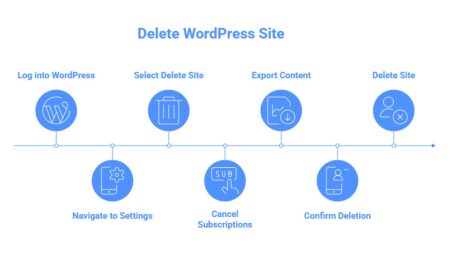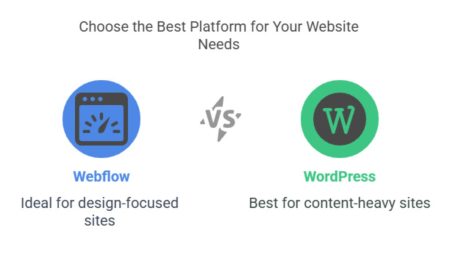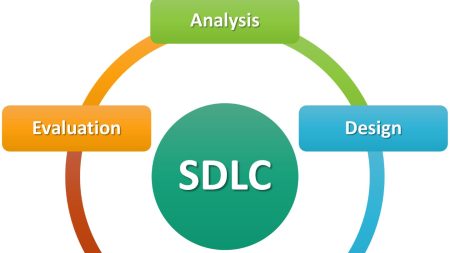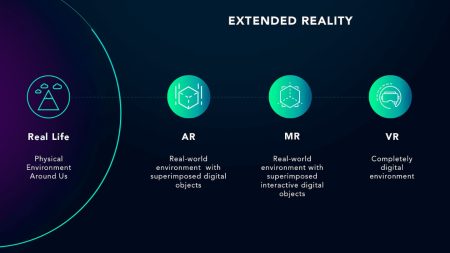What’s the Deal with Custom Software Programming?
Custom software programming involves developing applications tailored to the requirements of a particular user or organization. Unlike commercial software, which caters to a broad audience, custom-built programs address specific challenges and enhance operational efficiency. In simple words, picture this: your business is a ship sailing stormy seas. Off-the-shelf software? That’s a rickety rowboat – barely keeping you afloat. Custom software programming? That’s a sleek, tailor-made yacht, built to dodge icebergs and ride the waves. It’s coding crafted from scratch to fit your needs like a glove. No cookie-cutter nonsense here – just pure, bespoke brilliance.
Why does this matter?
Companies today drown in data, juggle complex workflows, and fight to stand out. Generic tools often fumble the ball. Custom programming solutions step in to save the day, offering precision where mass-market apps fall flat. According to Statista, the global custom software market hit $24.5 billion in 2023 and keeps climbing. Firms crave control, and bespoke code delivers. But hold up – ain’t this pricey? Sure, it can cost more upfront than grabbing something off the shelf. Yet, think long-term. A 2022 Gartner report pegged average savings at 30% over five years for businesses ditching generic systems for tailored ones. Why? Less waste, tighter efficiency. It’s like investing in a solid pair of boots instead of cheap sneakers that wear out in a month.
Why Bother with Bespoke Code?
Let’s cut to the chase. Your business isn’t a carbon copy of the next guy’s. So why settle for software that treats you like one? Custom programming is your ticket to ditching the one-size-fits-all trap. It’s the difference between a suit off the rack and one stitched by a master tailor. Take healthcare. Clinics juggle patient records, appointments, and billing. Off-the-shelf tools might handle two out of three decently. Custom software programming swoops in, tying all those threads into a seamless knot. A 2021 study by Deloitte found 68% of healthcare providers using bespoke systems reported faster workflows.
That’s a real-world impact, not pie-in-the-sky promises. Or consider e-commerce. Big platforms like Shopify rock for startups. But scale up, and cracks show. Custom programming services let you tweak checkout flows, integrate niche payment gateways, or personalize user experiences. Amazon didn’t conquer the world with a plug-and-play kit – they built from the ground up. You can too, on your own scale. Still skeptical? Think flexibility. Need to pivot fast when markets shift? Bespoke code bends without breaking. Generic stuff? Good luck – it’s rigid as a plank.
How’s It All Come Together?
So, how does custom software programming actually happen? It’s not magic, though it might feel that way when it’s done right. First, devs sit down with you. They dig into your goals, pain points, and dreams. This ain’t a quick chat – it’s a deep dive. Next, they sketch the blueprint. Think of it like an architect drafting a house. Wireframes, workflows, tech stacks – they map it all. Python, Java, C# – the tools vary, but the aim’s the same: a rock-solid foundation.
A 2023 Stack Overflow survey showed 47% of devs lean on Python development for custom projects. Why? It’s versatile as a pocket knife. Then, the coding kicks off. Line by line, they build. Testing? Constant. No one wants a buggy mess. Agile’s the name of the game – short sprints, regular check-ins. You’re in the loop, not left in the dark. Finally, launch day hits. But it ain’t over – maintenance keeps it humming. Sounds intense? It is. But that’s the juice of custom programming solutions: every cog fits your machine.
What’s the Price Tag?
Let’s talk brass tacks. Custom programming ain’t cheap – at first glance. A small project might run $20,000 to $50,000, per 2024 Clutch data. Mid-sized gigs? $100,000 or more. Big enterprise stuff? Sky’s the limit – think millions. Sticker shock? Totally fair. But here’s the kicker: it’s an investment, not a splurge. Compare that to generic software subscriptions piling up – $10,000 a year here, $5,000 there. Add clunky integrations and lost productivity, and you’re bleeding cash. A Forrester study from 2022 showed 62% of firms recouped custom software costs within two years. That’s not peanuts. And don’t forget scalability. Custom code grows with you. No need to rip out and replace when you double in size. It’s like planting an oak, not a flimsy sapling.
Who’s It For, Anyway?
Not every outfit needs custom programming services. Solo bloggers? Stick to WordPress websites. Tiny startups with tight budgets? Off-the-shelf works fine. But mid-sized firms or big players? That’s the sweet spot. Retail’s a prime candidate. Say you run a chain of boutique stores. Inventory’s a nightmare – online sales, in-store stock, suppliers all need syncing. Custom software programming welds those pieces together. Walmart’s custom logistics tech handles billions in goods yearly. You might not be Walmart, but the logic holds. Tech startups love it too. Need a slick app to hook users? Bespoke code nails it. Look at Slack – custom-built from day one. Now it’s a $27 billion giant, per 2021 acquisition stats. Coincidence? Nope. Even nonprofits cash in. A 2023 TechSoup report said 54% of charities using tailored tools boosted donor engagement. Tailored beats generic every time when stakes are high.
The Good, the Bad, and the Glitchy
Let’s not sugarcoat it – custom programming’s got ups and downs. On the sunny side, you get control of all software development process steps. Every button, every feature, bends to your will. Efficiency skyrockets – Gartner says bespoke systems cut task times by 25% on average. But shadows lurk. Upfront costs sting. Timelines can stretch – three months to a year, depending on scope. And if your dev team flops? You’re stuck with a lemon. A 2020 Standish Group report pegged 31% of custom projects as “challenged” – late, over-budget, or both. Choose wisely. Maintenance is another beast. Generic apps get vendor updates. Custom stuff? That’s on you. Budget for it, or you’ll limp along with outdated gear.
Tools of the Trade
What’s in the toolbox? Custom programming solutions lean on heavy hitters. Languages like JavaScript (hello, 63% usage per 2023 Stack Overflow) keep web apps zippy. Databases like PostgreSQL – used by 44% of devs – store your goldmine of data. Frameworks speed the grind. React for slick interfaces, Django for rapid builds. Cloud platforms like AWS or Azure? Must-haves – 80% of enterprises used them in 2023, per Flexera. They’re the scaffolding holding your masterpiece up. And don’t sleep on AI. Custom software’s weaving in machine learning – think predictive analytics or chatbots. IDC predicts 75% of enterprise apps will use AI by 2025. That’s tomorrow, folks.
Real-World Wins
Need proof? Check Dropbox. Started as a custom-built file-sync tool when nothing else cut it. By 2023, it’s worth $8 billion. Or Netflix – its custom streaming tech handles 250 million hours of daily viewing, per 2022 stats. Off-the-shelf wouldn’t hack that. Smaller scale? A UK bakery chain, Greggs, rolled out custom programming for stock tracking in 2021. Result? Waste down 15%, profits up 10%, per their annual report. That’s dough well spent. Even sports get in on it. The NBA’s custom analytics platform crunches player stats in real-time. Coaches tweak plays mid-game. Generic software? Too slow for that slam dunk.
What’s Next for Custom Coding?
The horizon’s buzzing. Custom programming services are riding tech waves – AI, blockchain, IoT. Imagine software that predicts machine breakdowns before they happen. Or secure, bespoke payment systems on blockchain. That’s not sci-fi – it’s 2025. Demand’s spiking too. A 2023 IDC forecast pegs the market at $34 billion by 2027. Why? Businesses crave edge. Generic’s losing steam – 55% of execs plan custom builds in the next two years, per PwC. But brace yourself. Talent shortages loom – only 4.3 million devs in the US, per BLS 2023, against soaring needs. Costs might creep up. Still, the payoff’s worth the hustle.
Should You Jump In?
So, what’s the verdict? Custom software programming ain’t for everyone. Got a tight budget or simple needs? Skip it. But if you’re wrestling clunky tools, losing efficiency, or itching to leap ahead, it’s your ace in the hole. Weigh the costs, sure. But tally the wins top – speed, control, growth. It’s like forging a key for your own lock, not borrowing someone else’s. Ready to chat with a dev crew? The future’s waiting. Oh, and if you want pics – like a snazzy infographic of bespoke vs. generic – we can whip those up. Just say the word.











